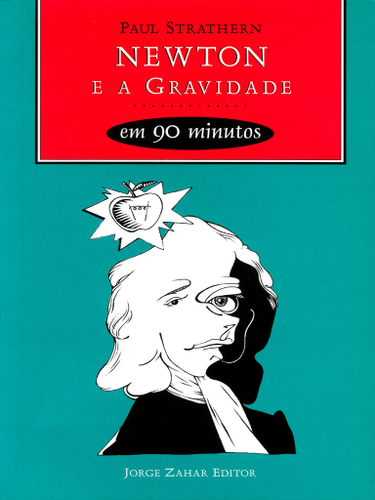
He managed to obtain a post as a pharmacist, and eagerly attended the regular local public lectures on science. Dobereiner was the son of a coachman, and was largely self-educated. The first of these came from Johan Dobereiner, the professor of chemistry at the University of Jena. Was it possible that there was some kind of fundamental pattern behind all this? Likewise, there appeared to be groups of different kinds of elements with similar properties - metals which resisted corrosion (such as gold, silver and platinum), combustible alkali metals (such as potassium and sodium), colorless, odorless gases (such as hydrogen and oxygen) and so forth. Dalton had discovered that the atoms of each element had different weights - but surely there had to be more to it than this? Berzelius had noticed that elements appeared to have different electrical affinities. Somehow, amongst all these elements, there must be some kind of fundamental order. Precisely how many elements were there? Had most of them already been discovered? Or would there perhaps turn out to be innumerable elements? This soon led to more profound speculations.

This profusion of new elements with an ever-widening range of properties soon began to provoke questions. In the 18th and 19th centuries, several elements were being discovered almost every decade.

In the following excerpt from “ Mendeleyev’s Dream: The Quest for the Elements,” author Paul Strathern describes the state of chemistry in the years leading up to Dmitri Mendeleyev’s invention of the periodic table.


 0 kommentar(er)
0 kommentar(er)
